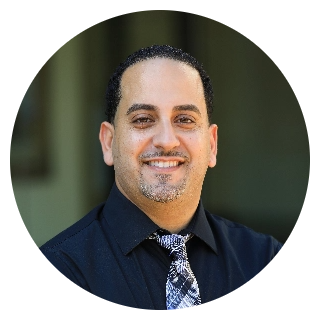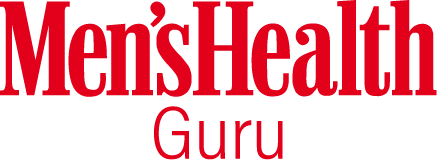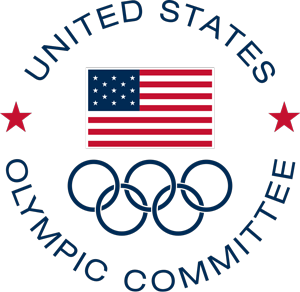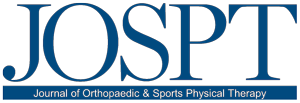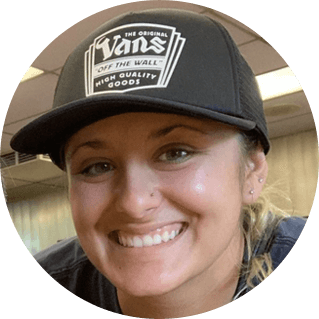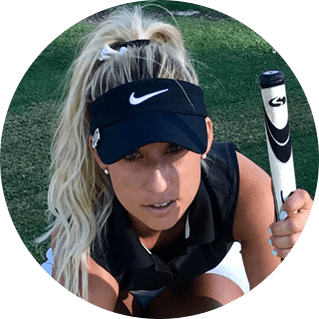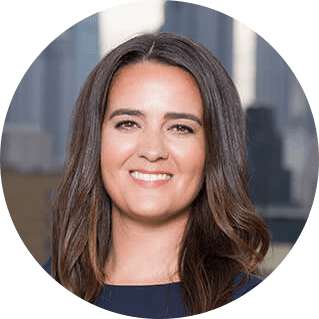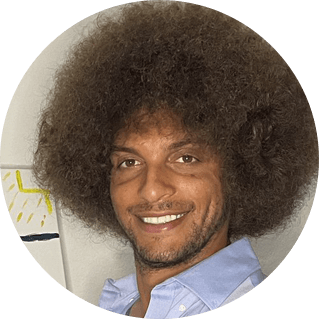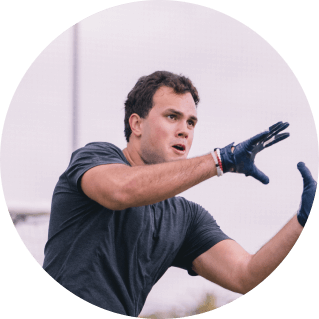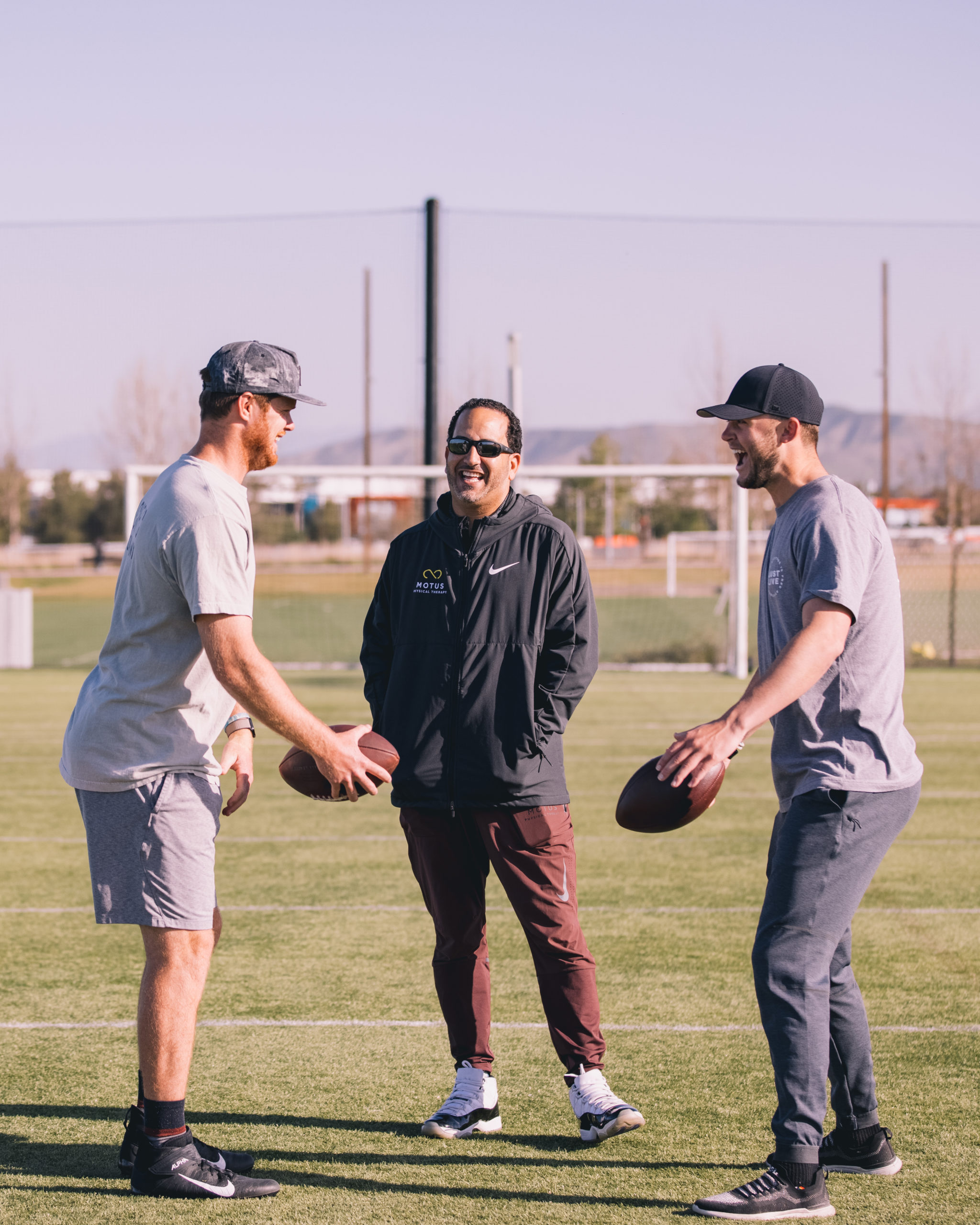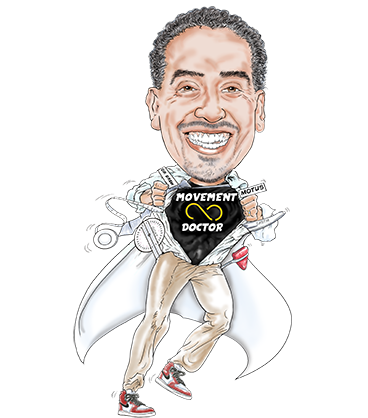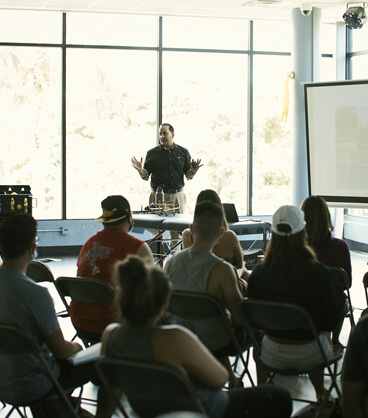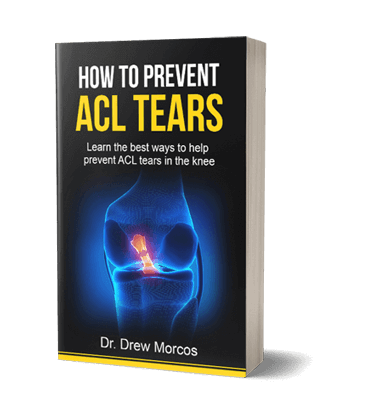When someone tears their ACL, the immediate questions flood in: How long will recovery take? Will I be able to return to my sport or active lifestyle? Will my knee ever feel normal again? But there’s a question that doesn’t get asked nearly enough, and it’s perhaps the most important one: Where will I receive ACL physical therapy, and does the quality of that care actually matter?
The answer is unequivocal: it matters enormously. When seeking ACL physical therapy in Seal Beach or anywhere in Orange County, understanding what separates expert rehabilitation from standard care can mean the difference between a full recovery and chronic problems that last for years. ACL physical therapy isn’t just about healing a ligament – it’s about restoring movement patterns, rebuilding strength and power, retraining neuromuscular control, and preparing the body to handle the explosive demands of athletics or an active lifestyle.
For athletes and active adults in Seal Beach, Orange County, and throughout Southern California, understanding what proper ACL physical therapy looks like is the first step toward a successful recovery. The quality of ACL physical therapy in Seal Beach varies dramatically between providers, and choosing the right facility can determine whether recovery results in full restoration of function or becomes a chronic issue affecting quality of life for years.
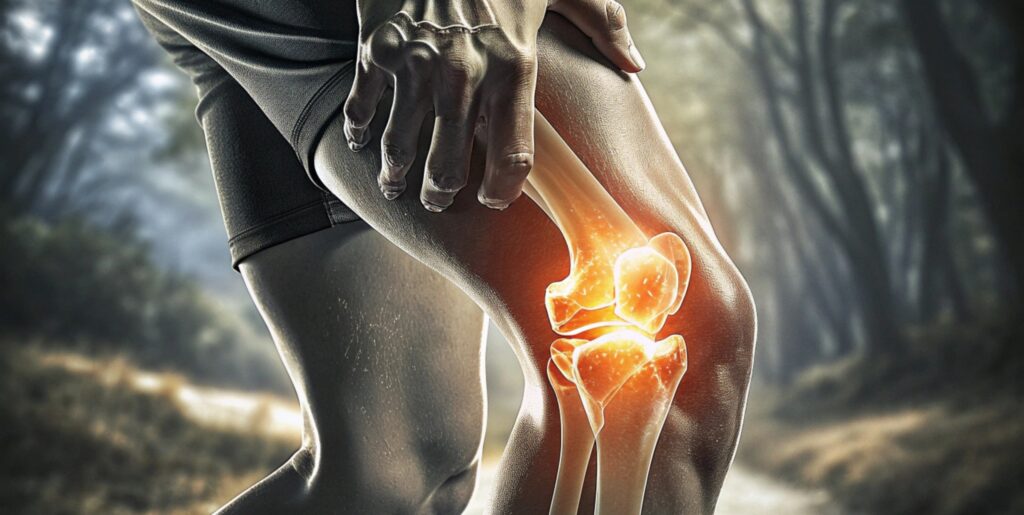
The ACL Injury Reality
The statistics are sobering. Experts estimate that between 100,000 and 200,000 people in the U.S. tear an ACL each year. Affecting everyone from professional athletes to weekend warriors to active adults simply trying to stay fit. These injuries don’t discriminate by age or skill level – they happen to high school soccer players and recreational basketball players, to competitive runners and casual volleyball enthusiasts, to anyone whose activities involve cutting, pivoting, or sudden directional changes.
Research shows that approximately 76.6% of ACL injuries result in surgery, but surgery alone doesn’t restore someone to their pre-injury level. What happens in the months following surgery determines whether recovery is successful or becomes a chronic problem that affects quality of life for years to come.
Why Re-Injury Rates Remain Troublingly High
Here’s a sobering reality: getting through ACL surgery is just the beginning. The real challenge is rehabilitation, and the stakes couldn’t be higher. Studies show that people who return to cutting and pivoting activities face significant risk of tearing their ACL again – either the reconstructed one or the opposite knee. This risk is particularly elevated when people return to activity before they’re truly ready, don’t complete comprehensive rehabilitation, or work with physical therapists who lack specialized expertise in sports medicine and ACL recovery.
Consider a real scenario we encountered: A high school athlete came to us with her second ACL injury – this time on the opposite side from her first. She hadn’t rehabilitated with us the first time, but completed her rehabilitation at a different facility. By all standard measures, she had “recovered” from that first injury. Yet here she was, facing another ACL reconstruction on the opposite knee.
What went wrong? The answer became clear through assessment: she had never truly addressed the biomechanical deficiencies that predisposed her to ACL injury in the first place. Her first rehabilitation had gotten her “good enough” to return to sport, but hadn’t corrected the underlying movement patterns, strength imbalances, and neuromuscular control issues that put her at risk.
Now she’s working with our team at MOTUS Physical Therapy, and the approach is completely different. We’re not just rehabilitating her knee—we’re rebuilding how she moves, identifying and correcting every biomechanical flaw, and ensuring that when she returns to activity, her risk of a third ACL tear is as close to zero as modern sports medicine can achieve.
This is what separates adequate ACL rehabilitation from the comprehensive, expert care that prevents re-injury and restores full function.
What Proper ACL Recovery Actually Looks Like
ACL rehabilitation that gets people back better than before follows a carefully structured progression through multiple phases, each with specific goals and objective criteria that must be met before advancing.
Phase 1: Immediate Post-Operative (Weeks 0-2)
The first two weeks after surgery focus on managing swelling, restoring range of motion, and preventing muscle shutdown. One of the most common complications after ACL surgery is quadriceps inhibition—the thigh muscle essentially “forgets” how to contract properly, leading to significant weakness that can persist for months if not addressed immediately.
Expert physical therapists use specific techniques to activate the quadriceps, including neuromuscular electrical stimulation, biofeedback, and targeted exercises that restore the brain’s ability to control the muscle. This isn’t just about strengthening – it’s about reestablishing the neurological connection between the brain and the muscle.
Range of motion restoration is equally critical. The knee must regain full extension (straightening) as quickly as possible to prevent long-term complications. Many people leave this phase with a slight flexion contracture – unable to fully straighten their knee – which alters their gait and creates compensatory patterns throughout the body that increase injury risk elsewhere.
Phase 2: Early Strengthening and Movement Restoration (Weeks 2-6)
Once swelling is controlled and basic range of motion is restored, rehabilitation progresses to strengthening and gait normalization. People must relearn how to walk with normal mechanics—something that sounds simple but is often profoundly altered after ACL surgery.
During this phase, physical therapists assess movement quality obsessively. Does the person load both legs equally when standing? Do they favor their uninjured leg when climbing stairs? Are they unconsciously rotating their pelvis to avoid putting weight on the surgical knee? These subtle compensations, if left unaddressed, become permanent movement patterns that increase re-injury risk and can lead to hip, back, or opposite knee problems down the road.
Strengthening exercises progress from basic knee extension and hamstring curls to more functional movements like step-ups, wall sits, and single-leg balance activities. Every exercise serves a specific purpose in rebuilding not just strength, but also proprioception – the knee’s ability to sense its position in space.
Phase 3: Advanced Strengthening and Progressive Loading (Weeks 6-12)
As tissue healing progresses, rehabilitation intensity increases substantially. Strengthening protocols become more aggressive, including bilateral squats, lunges, and Romanian deadlifts that build strength in the entire kinetic chain – not just the knee, but also the hip, core, and ankle.
This phase also introduces low-level plyometric exercises – jumping and landing activities that begin to prepare the knee for more dynamic movements. But here’s where expert physical therapy separates itself from standard care: it’s not enough to simply jump and land. Physical therapists must analyze landing mechanics meticulously, identifying and correcting the movement patterns that cause ACL injuries in the first place.
Research has identified specific biomechanical risk factors that predispose people to ACL tears: landing with the knee in a valgus (knocked-in) position, inadequate hip control, limited ankle mobility, asymmetrical landing forces, and trunk positioning that shifts the center of mass. People who return to activity with these patterns intact remain at high risk for re-injury.
Phase 4: Sport and Activity-Specific Training (Months 3-6)
By three to four months post-surgery, most people feel pretty good. The knee doesn’t hurt, they can jog without difficulty, and they’re eager to return to their normal activities. This is the most dangerous time in ACL rehabilitation because feeling good is not the same as being ready.
Phase 4 is where rehabilitation becomes highly individualized based on the person’s goals and activities. A basketball player needs different movement preparation than a runner. A weekend warrior who plays recreational soccer has different demands than someone whose primary activity is hiking or cycling. Expert physical therapists design training progressions that specifically address the movements, speeds, and demands required for each person’s activities.
For those returning to cutting and pivoting sports, this phase includes progressive drills that start slowly and advance systematically. Pre-planned directional changes at 50% speed progress to 75% speed, then to reactive movements where the person doesn’t know which direction they’ll move until the last second. This progression is critical because ACL tears typically occur during reactive movements when someone is fatigued and doesn’t have time to consciously control their mechanics.
Strength training during this phase emphasizes explosive power development and addresses any remaining strength asymmetries between legs. Endurance training ensures people can maintain proper mechanics even when fatigued – because that’s when injuries happen.
Phase 5: Return to Activity Preparation (Months 6-9+)
The final phase before return to unrestricted activity is perhaps the most critical. This is where objective testing separates expert rehabilitation from standard care. People must pass specific criteria before being cleared to return to their desired activities:
Strength Testing: The surgical leg must achieve at least 90% of the strength of the uninjured leg in multiple tests, including quadriceps strength, hamstring strength, and functional movements like single-leg press.
Hop Testing: Performance on single-leg hop for distance, crossover hop, triple hop, and timed hop tests must show less than 10% difference between legs.
Movement Quality Assessment: Physical therapists use video analysis and specialized assessment tools to ensure landing mechanics, cutting mechanics (if applicable), and deceleration patterns are sound.
Functional Capacity: The person must demonstrate they can handle the specific demands of their sport or activities without compensatory patterns or movement breakdown.
Psychological Readiness: Fear of re-injury is real and can affect performance and increase injury risk. People must feel confident in their knee before returning to unrestricted activity.
Many people fail one or more of these tests at six months post-surgery. Some need eight months. Some need ten. The timeline matters far less than meeting the criteria. Returning before ready dramatically increases re-injury risk and the likelihood of developing chronic knee problems.
The Biomechanics of ACL Injury: Understanding the Risk Factors
Understanding why ACL injuries occur helps explain why proper rehabilitation is so critical. Most ACL tears in active people aren’t caused by contact—they happen during movements performed regularly: landing from a jump, cutting to change direction, or decelerating from a sprint.
The ACL’s job is to prevent the tibia (shin bone) from sliding forward relative to the femur (thigh bone) and to control rotational stability of the knee. When someone lands or cuts with poor mechanics, enormous forces are placed on the ACL. If those forces exceed what the ligament can handle, it tears – often in less than 50 milliseconds, faster than anyone can react.
Several biomechanical factors increase ACL loading:
Knee Valgus: When the knee collapses inward during landing or cutting, forces on the ACL increase dramatically. This pattern is especially common in female athletes but affects people of all genders and ages.
Limited Hip Control: The hip muscles, particularly the gluteus medius, control the position of the femur. Weak hip muscles allow the thigh to rotate inward during dynamic movements, placing the knee in a vulnerable position.
Quadriceps Dominance: Many people rely heavily on their quadriceps muscles and underutilize their hamstrings during athletic movements. This imbalance increases anterior tibial translation—the exact motion the ACL is supposed to prevent.
Trunk Position: Where the trunk goes, the body follows. People who lean back or laterally during cutting or landing create forces that must be managed by the knee joint.
Ankle Mobility: Limited ankle dorsiflexion affects how forces are absorbed during landing and can contribute to compensatory knee valgus.
Previous Injury: People with a history of ankle sprains, hip injuries, or previous knee problems often develop compensatory movement patterns that increase ACL stress.
Proper ACL rehabilitation addresses every one of these factors. It’s not enough to have a strong knee – the entire kinetic chain must function optimally to protect the ACL during high-risk movements.
Beyond ACL: Comprehensive Knee Injury Treatment in Seal Beach
While ACL tears generate the most attention and concern, they’re far from the only knee injuries that sideline active people. Meniscus tears, MCL sprains, patellar tendinitis, patellofemoral pain syndrome, IT band syndrome, and cartilage injuries all require specialized treatment to heal properly and prevent chronic problems.
Many knee injuries that seem minor initially become chronic issues because they’re not rehabilitated properly. Someone who sprains their MCL and simply rests until pain-free, then returns to activity, may develop subtle instability that alters their movement patterns and predisposes them to future injury. A runner with patellar tendinitis who only takes time off but never addresses the underlying biomechanical causes will likely experience recurrent pain every time they increase training volume.
Comprehensive knee physical therapy in Seal Beach addresses root causes, not just symptoms. When someone presents with knee pain, expert physical therapists don’t just treat the knee – they assess ankle mobility, hip strength, core stability, movement mechanics, and training load or activity patterns. The knee pain is often a symptom of dysfunction elsewhere in the kinetic chain.
This systems-based approach to knee injury treatment is what separates MOTUS Physical Therapy from typical clinics. People don’t just get relief from their current injury—they identify and correct the factors that made them vulnerable to injury in the first place, reducing the likelihood of future problems.
Drew Morcos and the MOTUS Standard of Expert Care
When athletes and active adults throughout Southern California need ACL rehabilitation and knee injury treatment they can trust, many turn to Drew Morcos PT, DPT, SCS, OCS, DNSP, ATC, CSCS, FAAOMPT. Featured in Men’s Health and Sports Illustrated for his work with elite athletes, Drew has built a reputation as one of the most accomplished sports physical therapists in the region. His credentials represent the highest level of training in the field: board certifications in both Sports Physical Therapy (SCS) and Orthopedic Physical Therapy (OCS), combined with his background as a Certified Athletic Trainer (ATC) and Certified Strength and Conditioning Specialist (CSCS).
What sets Drew apart is his extensive experience guiding everyone from NFL quarterbacks like Josh Allen, Russell Wilson, Jordan Love, Sam Darnold, Kyle Allen, Trevor Lawrence, and CJ Stroud through injury recovery, to competitive amateur athletes, to active adults who simply want to return to the activities they love. This breadth of experience provides invaluable perspective: Drew has seen what works, what doesn’t, and what subtle signs indicate someone is or isn’t ready to progress.
The philosophy Drew has developed through years of working with athletes at every level—meticulous attention to movement quality, objective criteria for progression, addressing the entire kinetic chain rather than just the injured area—drives the standard of care at every MOTUS Physical Therapy location. Whether someone is recovering from their first ACL tear or, like the patient mentioned earlier, working through their second injury determined not to have a third, they receive the same level of expertise and individualized attention that has made MOTUS the trusted choice for people throughout Orange County and San Diego County.
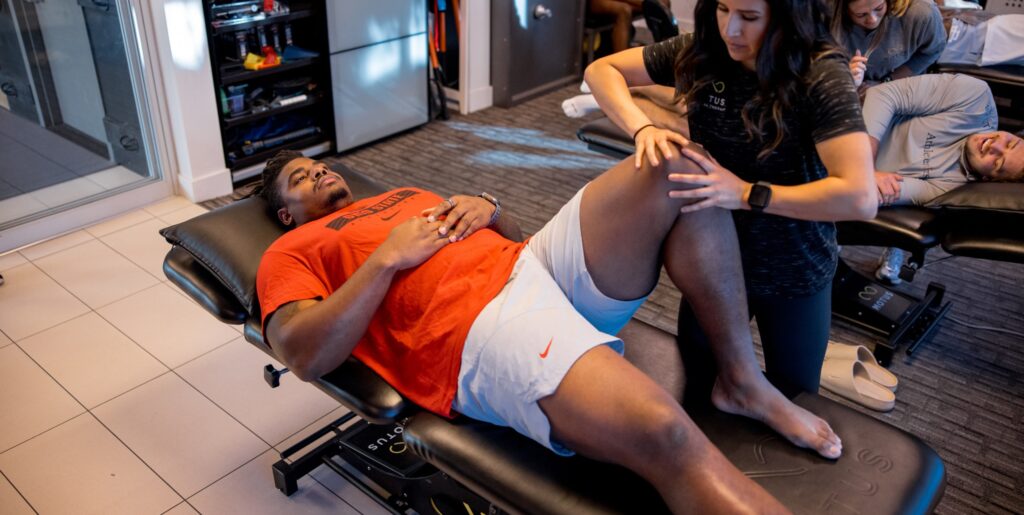
Why Location Matters: Expert Care in Seal Beach
For people in Seal Beach and the surrounding communities, having access to specialized ACL and knee injury rehabilitation locally eliminates one of the biggest barriers to successful recovery: convenience. Comprehensive knee rehabilitation requires 2-3 sessions per week for several months. If the closest expert physical therapist is 45 minutes away, the burden of travel, time, and logistics can interfere with consistent attendance—and consistency is absolutely critical in recovery.
MOTUS Physical Therapy’s Seal Beach location brings elite-level sports medicine expertise to the local community. People don’t need to drive across Orange County or search for qualified therapists in Los Angeles. They have access to physical therapists trained in the latest evidence-based protocols, experienced in working with everyone from professional athletes to recreational fitness enthusiasts, and committed to the same standard of care that has successfully guided countless people through ACL recovery and back to their active lifestyles.
This proximity also facilitates better communication with local orthopedic surgeons and sports medicine physicians. When everyone involved in someone’s care can easily coordinate and collaborate, outcomes improve significantly.
The Psychological Component of ACL Recovery
Physical healing is only part of ACL recovery. The psychological impact of tearing an ACL—the fear, frustration, and anxiety about re-injury—can significantly affect outcomes. People who return to activity with residual fear often move tentatively, which paradoxically can increase injury risk because hesitation affects movement mechanics.
Quality physical therapy addresses these psychological factors throughout recovery. As people progress through rehabilitation and achieve objective milestones—passing strength tests, successfully completing dynamic movement drills, returning to modified activities—confidence rebuilds naturally. Physical therapists also prepare people for the emotional challenges of return to activity: the first time they make a hard cut, the first time they jump and land without thinking about their knee, the first time they’re in a game or competitive situation where they don’t have time to worry about injury.
For someone dealing with a second ACL tear, the psychological burden is even heavier. Questions that were already answered once must be confronted again: Can I return to the same level? Will I ever feel confident again? Will this end my ability to do what I love? Expert physical therapists understand these concerns and address them directly, providing both the physical preparation and the mental support necessary for successful return to activity.
The Critical Role of Specialized Expertise
Not all physical therapy is created equal, and nowhere is this more evident than in ACL rehabilitation. The physical therapist guiding recovery must possess specialized knowledge that extends far beyond basic orthopedic physical therapy training.
They must understand surgical techniques and how graft choice (hamstring autograft, patellar tendon autograft, allograft, quadriceps tendon) affects rehabilitation progression. They must know the biomechanics of ACL injury and how to assess and correct movement patterns that increase risk. They must have experience working with people engaged in a wide variety of activities and sports. And critically, they must have the judgment to know when someone is ready to progress and when they need more time – even when the patient is pushing to move faster.
This level of expertise isn’t found at every physical therapy clinic. It requires specialized training, extensive experience with ACL and knee injuries specifically, and a commitment to evidence-based practice that many general orthopedic therapists simply don’t possess.
At MOTUS Physical Therapy in Seal Beach, every member of our team brings this specialized expertise to patient care. We’ve guided people through successful ACL recovery at every level—from professional athletes whose careers depend on full recovery to recreational athletes who simply want to play weekend basketball with friends, from serious runners training for marathons to active adults who want to hike, ski, and enjoy an active lifestyle without limitation.
Taking the Next Step in Your Recovery
If you’re facing ACL reconstruction, currently in rehabilitation, or dealing with chronic knee pain or instability, the quality of physical therapy you receive will directly determine your outcome. Choose wisely, and don’t settle for anything less than expert care.
Look for physical therapists with specialized training in sports medicine, extensive experience with ACL rehabilitation specifically, and a track record of successfully returning people to their desired activities. Ensure they use objective testing to guide progression decisions. Verify they understand the biomechanics of your specific activities and can design rehabilitation that addresses those unique demands.
At MOTUS Physical Therapy in Seal Beach – along with our locations in Santa Ana, San Clemente, and Carlsbad – we bring elite-level expertise to every person we treat. Our physical therapists have guided people through successful ACL recovery at every level of activity, from professional sports through recreational fitness. We use evidence-based protocols refined through years of experience, we assess and correct the biomechanical factors that contribute to injury, and we don’t clear people to return to activity until they’ve objectively demonstrated they’re ready.
Your knee is fundamental to maintaining an active lifestyle and participating in the activities you love. Invest in rehabilitation that ensures you return not just healed, but stronger, more resilient, and better prepared to handle the demands of your activities than you were before injury. Contact MOTUS Physical Therapy at our Seal Beach location to schedule an evaluation and begin your journey back to the active life you deserve.
Because when it comes to ACL recovery and knee injury rehabilitation, good enough isn’t good enough. You deserve expert care that gets you back better than before.
